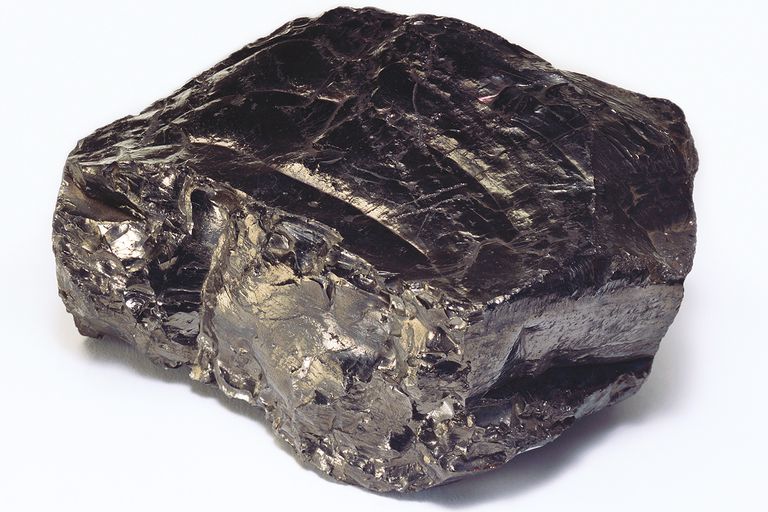The Iron–Iron Carbide (Fe–Fe3C) Phase Diagram
This is one of the most important alloys for structural applications. The diagram Fe—C is simplified at low carbon concentrations by assuming it is the Fe—Fe3C diagram. Concentrations are usually given in weight percent. The possible phases are:
• α-ferrite (BCC) Fe-C solution
• γ-austenite (FCC) Fe-C solution
• δ-ferrite (BCC) Fe-C solution
• liquid Fe-C solution
• Fe3C (iron carbide) or cementite. An intermetallic compound.
The maximum solubility of C in α- ferrite is 0.022 wt%. δ−ferrite is only stable at high temperatures. It is not important in practice. Austenite has a maximum C concentration of 2.14 wt %. It is not stable below the eutectic temperature (727 C) unless cooled rapidly (Chapter 10). Cementite is in reality metastable, decomposing into α-Fe and C when heated for several years between 650 and 770 C.
– δ–ferrite: – It is solid solution of carbon in δ-iron. Maximum concentration of carbon in δ- ferrite is 0.09% at 2719 ºF (1493ºC) which is the temperature of the peritectic transformation. The crystal structure of δ-ferrite is BCC (cubic body centered).
– Austenite: – Austenite is interstitial solid solution of carbon in γ-iron. Austenite has FCC (cubic face centered) crystal structure, permitting high solubility of carbon i.e. up to
2.06% at 2097 ºF (1147 ºC). Austenite does not exist below 1333 ºF (723ºC) and maximum carbon concentration at this temperature is 0.83%.
– α–ferrite: – It is solid solution of carbon in α-iron. α-ferrite has BCC crystal structure and low solubility of carbon – up to 0.025% at 1333 ºF (723ºC). α-ferrite exists at room temperature.
– Cementite – Cementite is also known as iron carbide, is an intermetallic compound of iron and carbon, having fixed composition Fe3C. Cementite is a hard and brittle substance, influencing the properties of steels and cast irons.


